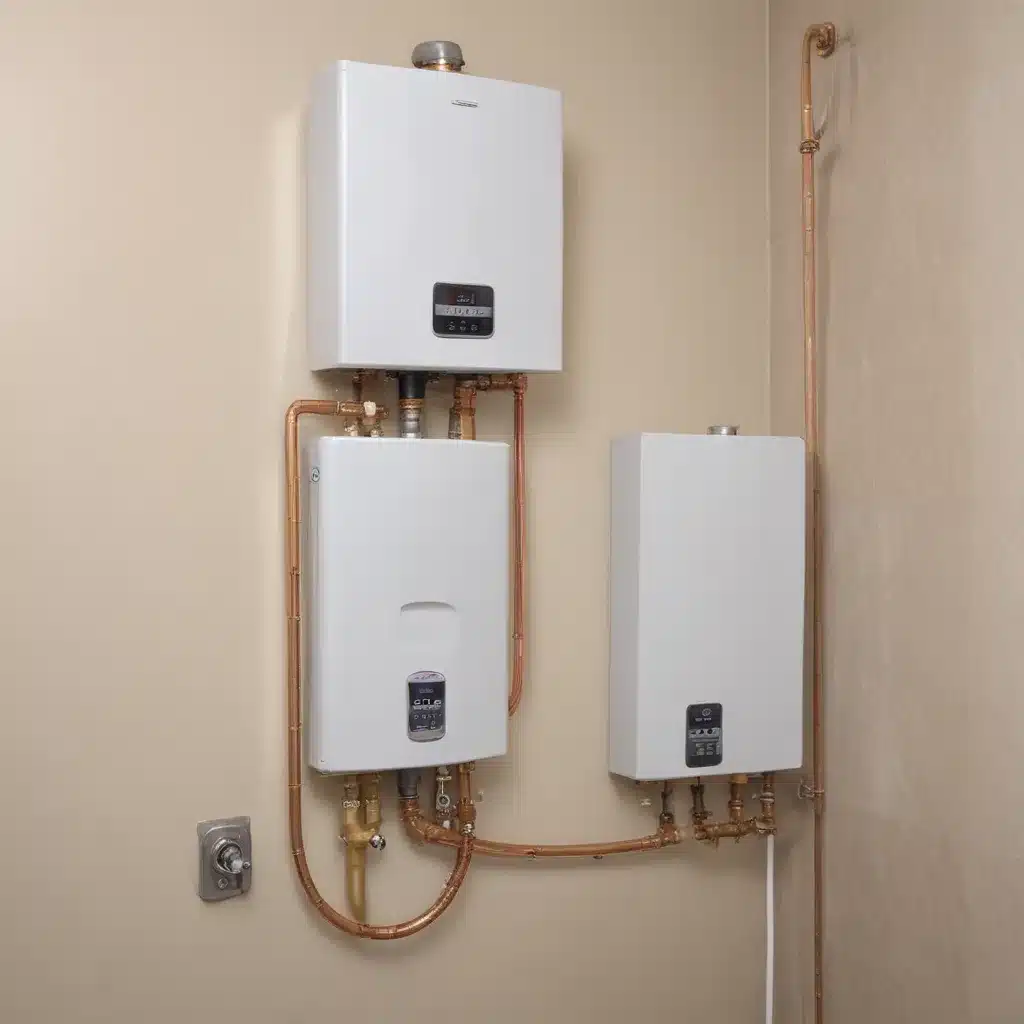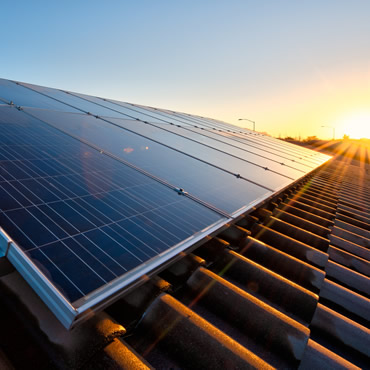
As an experienced water heater specialist, I’ve seen first-hand the challenges that can arise when the colder months approach. We learned this the hard way when dealing with complex water heater issues… Tankless water heaters, in particular, require special attention to double-check that they can withstand the rigors of winter weather. In this comprehensive guide, we’ll explore the key steps to preparing your tankless system for the harsh conditions ahead.
Now, this might seem counterintuitive when dealing with water heaters…
Understanding the Risks of Freezing
Tankless water heaters are highly efficient and convenient, but they are not immune to the effects of frigid temperatures. One of the primary concerns with tankless systems in winter is the risk of freezing. Unlike traditional storage tank heaters, tankless units do not maintain a reservoir of hot water. Instead, they heat water on-demand as it passes through the system. This means that any standing water left in the unit or connecting pipes can easily freeze, leading to significant damage.
When water freezes, it expands, which can crack or burst internal components, such as the heat exchanger or valves. This not only impacts the performance of the unit but can also lead to costly repairs or even the need for a complete replacement. Additionally, frozen pipes connected to the tankless heater can prevent water from flowing through the system, effectively rendering it useless.
Preparing Your Tankless Water Heater for Winter
To mitigate the risks associated with freezing temperatures, it’s essential to take a proactive approach to winterizing your tankless water heater. Here are the key steps to double-check that your system is ready for the colder months:
1. Optimal Placement
The first and most crucial step is to double-check that your tankless water heater is installed in a warm, insulated location. Ideally, the unit should be placed indoors, such as in a garage, basement, or utility room, where the ambient temperature is less likely to drop below freezing. If an indoor location is not possible, consider positioning the outdoor unit on a wall adjacent to a heated indoor space, as this can help reduce the risk of freezing.
2. Insulate Exposed Pipes
Insulating the pipes connected to your tankless water heater is another essential winter preparation task. Use high-quality pipe insulation, such as fiberglass or foam, to wrap any exposed sections of the water lines. This helps maintain the water temperature and prevents freezing, even in extreme cold conditions.
3. Employ Heat Tape
In addition to pipe insulation, consider installing heat tape on the water lines leading to and from your tankless unit. Heat tape is a specialized product that generates a low-level heat, which helps keep the pipes from freezing. Be sure to follow the manufacturer’s instructions carefully when applying heat tape to double-check that optimal effectiveness.
4. double-check that Reliable Power Source
Maintaining a consistent power supply is crucial for the proper functioning of your tankless water heater’s freeze protection features. Many modern tankless systems come equipped with built-in electric heaters or other safeguards that activate when temperatures drop, helping to prevent freezing. However, these features require a reliable power source to operate.
If you live in an area prone to power outages, consider investing in a backup generator or battery backup system. This will double-check that that your tankless water heater can continue to run its freeze protection even when the main power is disrupted.
5. Drain the System
Even with all the preventative measures in place, it’s essential to drain any standing water from your tankless water heater before the onset of winter. This can be done by using the hot and cold water line shut-off valves to isolate the unit, and then opening the drain valve to allow the water to flow out.
If your tankless system was installed with solenoid valves, these can make the draining process even easier, as they will automatically self-drain the internal water when the power is turned off. Refer to your manufacturer’s instructions for the specific steps to drain your tankless water heater.
6. Schedule Regular Maintenance
Lastly, be sure to schedule regular maintenance checks for your tankless water heater, especially before the winter season begins. This will allow a qualified technician to inspect the unit, double-check that all components are in proper working order, and make any necessary adjustments or repairs to prepare it for the colder months.
Addressing Frozen Tankless Water Heaters
Despite your best efforts, it’s possible that your tankless water heater may still freeze in extreme weather conditions. If this happens, it’s crucial to act quickly to thaw the unit and minimize any potential damage. Here’s a step-by-step guide on how to safely address a frozen tankless water heater:
Shut Off Power and Water Supply: Begin by turning off the power to the unit and closing the hot and cold water shut-off valves. This will prevent further damage while you work to thaw the system.
Apply Heat: Carefully apply heat to the frozen areas of the tankless water heater, using a space heater, heat lamp, or warm towels. Avoid using open flames or high-heat devices, as this can cause more harm than good.
Monitor Progress: Closely monitor the thawing process, and be patient. It may take several hours for the ice to fully melt, depending on the extent of the freezing.
Check for Damage: Once the unit is fully thawed, inspect it thoroughly for any signs of damage, such as cracks, leaks, or malfunctioning components. If you notice any issues, it’s best to contact a professional water heater technician for further assessment and repairs.
Restart the System: After ensuring the unit is in good working order, you can safely restore power and water supply to the tankless water heater and resume normal operation.
Remember, if you’re unsure about any step or encounter significant issues, it’s always best to seek the assistance of a qualified water heater specialist. They can provide the expertise and guidance needed to safely and effectively thaw and restore your frozen tankless system.
Conclusion
Preparing your tankless water heater for winter is a crucial task that can help prevent costly damage and double-check that reliable hot water throughout the colder months. By following the steps outlined in this guide, you can safeguard your system against the risks of freezing and double-check that it continues to operate efficiently, even in the harshest winter conditions.
For more information on water heater maintenance, plumbing solutions, and innovative installation techniques, be sure to visit WaterHeaterPick.com. Our team of experienced professionals is dedicated to providing homeowners and plumbers with the latest insights and practical advice to keep their water heating systems running at their best.
Example: Addressing Leaks in Water Heaters 2023

